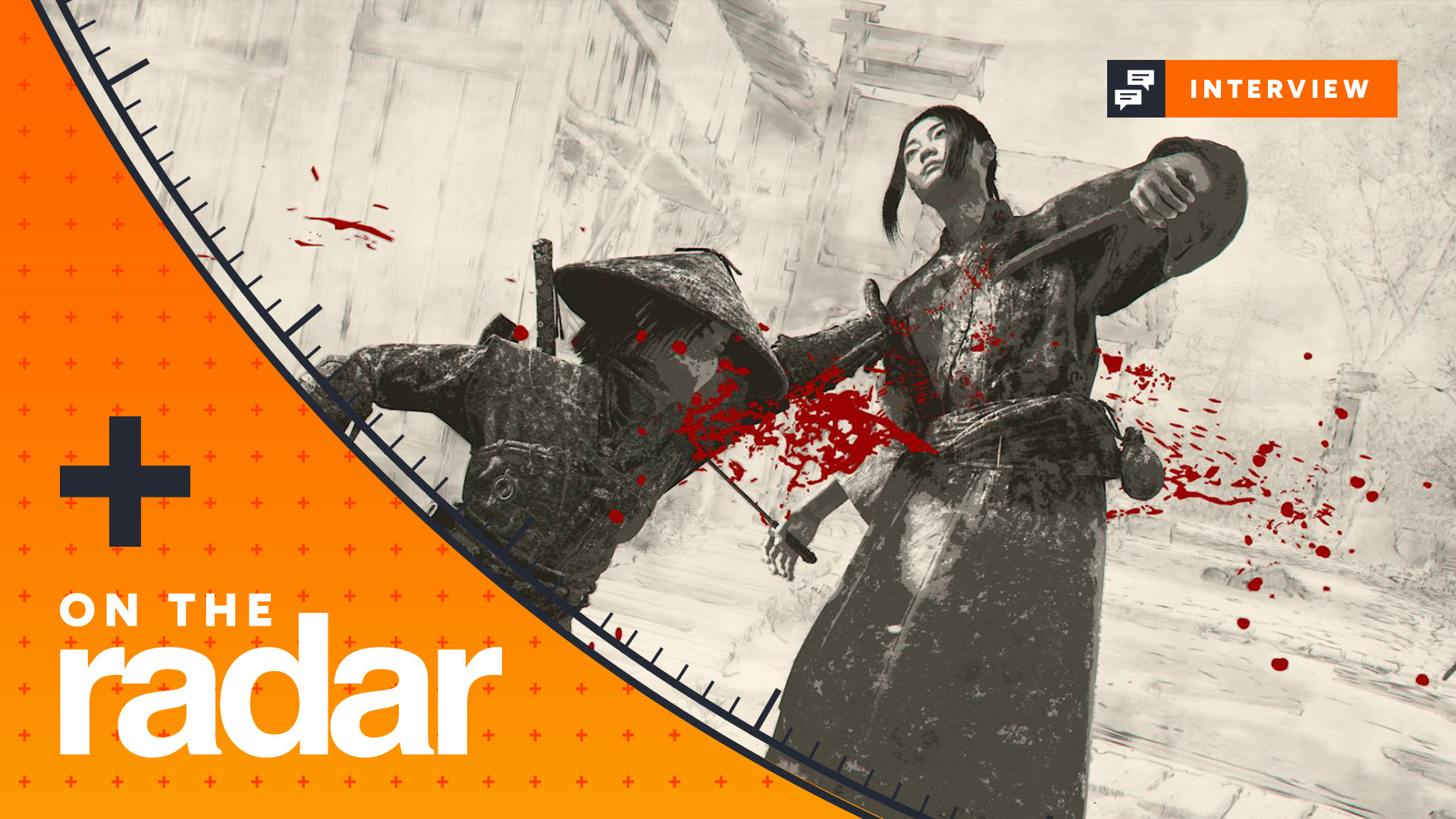
(Image credit: Ubisoft)
Assassin’s Creed Shadows transports players to the heart of feudal Japan during the tumultuous Sengoku era. Guided by Ubisoft Quebec’s David Nibbelin, the game’s realization and cinematic director, the project delicately balances the essence of an Assassin’s Creed game while capturing Japan’s storied past. Nibbelin emphasizes the importance of maintaining the emotional flow of the narrative, ensuring it’s not just confined to cutscenes but weaves throughout the game’s freeform structure.
Understanding the rich history of Japan’s Sengoku period, Nibbelin and his team bring their own signature flair, marrying historical authenticity with creative storytelling. This fusion is reflected in cinematic techniques that enhance the drama of action scenes and a vibrant soundtrack featuring the Japanese psych rock group Teke:Teke and a unique collaboration featuring composers Thunderdrum and vocalist Tiggs Da Author.
According to Nibbelin, the beauty of working on a project like Assassin’s Creed is the freedom to diverge from traditional storytelling. “We don’t have to adhere to the grounded narratives typical of feudal Japanese cinema; instead, we infuse modern elements into our historical backdrop,” explains Nibbelin. This artistic license allows the team to play with the series’ classic formula.
The game’s cutting-edge audio design also plays a crucial role. “Finding the right moments to integrate music or sound effects is a delicate balance,” says Nibbelin, praising the audio team for their superb work. It’s all about immersing players in moments that feel organic rather than contrived.
Crafting a seamless blend of community and conflict is another challenge, particularly with the pivotal assassinations that conclude the game’s main chapters. Traditionally, such moments have been punctuated with dialogues between the assassin and the target. However, in Assassin’s Creed Shadows, the team opted for a more direct approach. “We wanted to maintain the game’s intrinsic feel while still innovating,” says Nibbelin.
The game remains tethered to the Animus, experimenting with narrative techniques, such as black-and-white visual filters to underscore dramatic assassinations, a nod to Quentin Tarantino’s cinematic style. “We aimed to make the Animus feel like an active presence guiding and enhancing the player’s experience,” adds Nibbelin.
Japanese cinema and culture serve as significant inspirations for the project. During early production, the team immersed themselves in movies like Sekigahara and Ninja Scroll, drawing from the works of legendary director Kurosawa. This creative process allowed them to integrate traditional cinematic techniques with modern gameplay. “Sekigahara was particularly influential,” notes Nibbelin.
Nibbelin expresses excitement about how the game explores political intrigue woven into the narrative. It’s not just a simple tale of samurai wandering the land; instead, players uncover a vast network of historical figures and events, mirroring the intense political drama akin to an episode of Shogun.
In our full review, we delve into the scenic beauty of the game. As players navigate through dual protagonists Yasuke and Naoe, the game introduces rich character arcs. Although Yasuke takes a backseat post-prologue, anticipation builds around his reappearance. “Strategically pacing Yasuke’s absence allowed us to create impactful moments when he returns to action,” explains Nibbelin.
Nibbelin candidly addresses the game’s early narrative challenges. “We aimed to provide moments of empowerment amidst the heavier plot points,” he says, referencing a scene where players reclaim control of Yasuke. It’s about emerging from adversity and reigniting the player’s enthusiasm for the journey ahead.
Knitting such an expansive narrative into Assassin’s Creed Shadows is no small feat. In an exclusive interview, the technical team discusses how they balance vast data requirements with ensuring an immersive player experience.